As men age past 50, maintaining strength isn’t just about looking fit—it’s about preserving independence, boosting energy, and supporting long-term health. Research consistently shows that resistance training combats age-related muscle loss (sarcopenia), supports testosterone levels, improves joint health, and enhances metabolic function.
This guide delivers 25 evidence-based strength training tips tailored for men over 50. From form cues to smart modifications and recovery strategies, these coach-style pointers are designed to keep you training safely and effectively for years to come.
Focus on multi-joint exercises like squats, deadlifts, bench presses, and rows. These recruit more muscle fibers, boost hormone response, and improve functional strength. Studies show compound lifts are more effective than isolation moves for building and maintaining muscle mass in older adults.
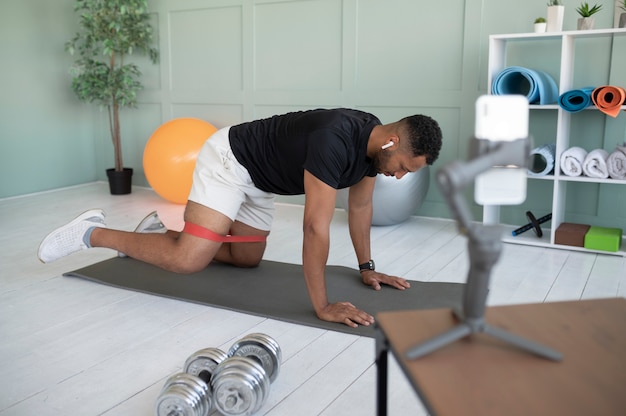
Perfect technique reduces injury risk and ensures you’re targeting the right muscles. Record yourself or use mirrors to check alignment. For example, during a squat, keep your chest up, knees tracking over toes, and hips hinging back.
Research suggests that training each major muscle group 2–3 times weekly yields optimal strength gains. Allow at least 48 hours of recovery between sessions targeting the same muscles.
Control the eccentric (lowering) phase of lifts—try a 3–4 second descent. This increases time under tension, improves muscle activation, and enhances joint stability, especially beneficial for older lifters.
Replace static stretching pre-workout with dynamic movements like leg swings, arm circles, and bodyweight squats. These increase blood flow and prepare your nervous system for lifting.
Rate of Perceived Exertion (RPE 6–8) helps you adjust effort based on how you feel each day. This is crucial after 50, when recovery and energy levels can fluctuate.
If deep squats cause discomfort, try box squats, goblet squats, or reduce range of motion. Elevating heels slightly can also improve mechanics for those with limited ankle mobility.
Focus on hip hinge movement: push hips back, keep back neutral, and engage glutes. If conventional deadlifts strain your back, switch to trap bar or Romanian deadlifts.
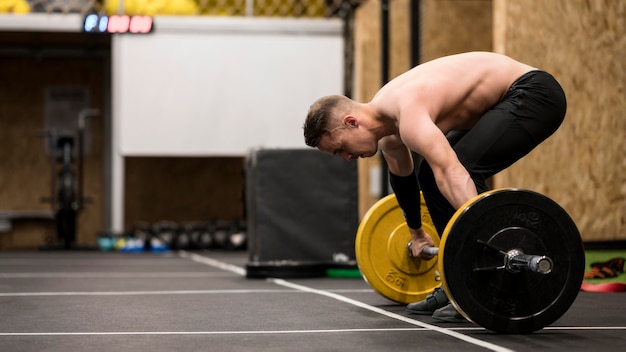
Include planks, bird-dogs, and Pallof presses. A strong core protects your spine and improves performance in all lifts.
Rows and face pulls counteract slouching and improve posture. Aim for a 2:1 ratio of pulling to pushing exercises (e.g., two rows for every bench press).
Incorporate band pull-aparts and wall slides. Poor shoulder mobility increases injury risk during overhead pressing.
Consume 20–30g of high-quality protein per meal. Older adults need more protein to stimulate muscle protein synthesis. Include sources like eggs, fish, poultry, and dairy.
Dehydration reduces strength and endurance. Aim for at least 2.5–3 liters of water daily, more if active.
Track sleep, soreness, and energy. Overtraining increases injury risk. If fatigued, take an extra rest day or switch to light activity.
Heavy compound lifts like squats and deadlifts can support healthy testosterone levels. While not a fix for clinical deficiency, consistent resistance training helps maintain natural hormone balance.
Bands reduce compressive joint load while maintaining muscle activation—ideal for days when joints feel stiff.
Include farmer’s carries and towel pull-ups. Grip strength is a strong predictor of overall health and longevity in older adults.
Swap jump squats for step-ups or lunges if you have joint concerns. Low-impact doesn’t mean low-intensity.
Single-leg stands or Bulgarian split squats improve stability and reduce fall risk—a critical benefit as you age.
Muscle repair and hormone regulation occur during deep sleep. Prioritize consistent sleep hygiene.
Post-workout, hold stretches for 20–30 seconds per muscle group. This supports flexibility and recovery.
Machines guide movement patterns, making them ideal for beginners or those rehabbing injuries. Transition to free weights as confidence grows.
Avoid ego lifting. Small, consistent increases in weight or reps over time yield better long-term results than aggressive jumps.
Chronic stress raises cortisol, which can hinder muscle growth. Include mindfulness, deep breathing, or light walking to support hormonal balance.
Longevity in training matters more than short-term intensity. Missing a workout? Do a 10-minute bodyweight session. Consistency builds lasting strength.
Strength after 50 isn’t about looking younger—it’s about living stronger. With smart programming, proper recovery, and sustainable habits, men can build and maintain muscle well into later life.

Fitness

Fitness

Fitness

Fitness

Fitness
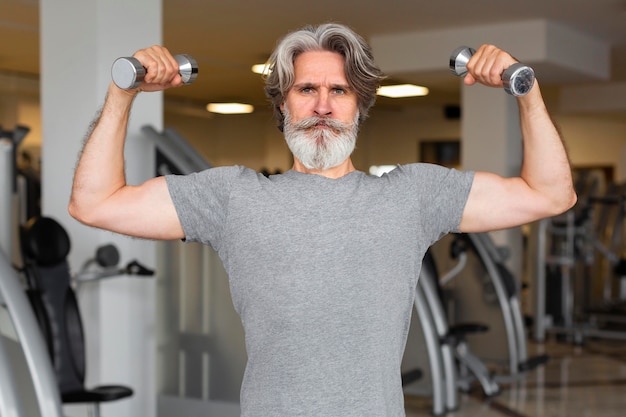
Fitness
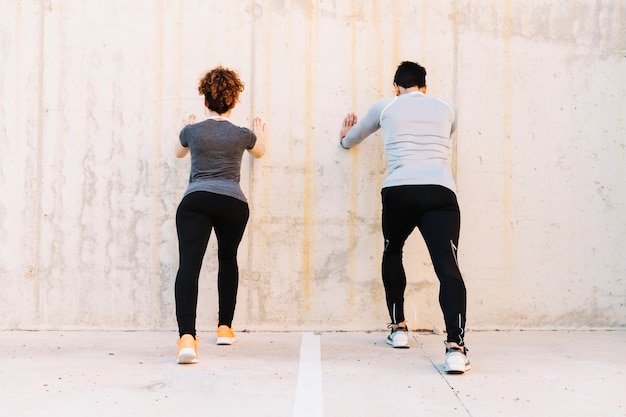
Wellness

Wellness
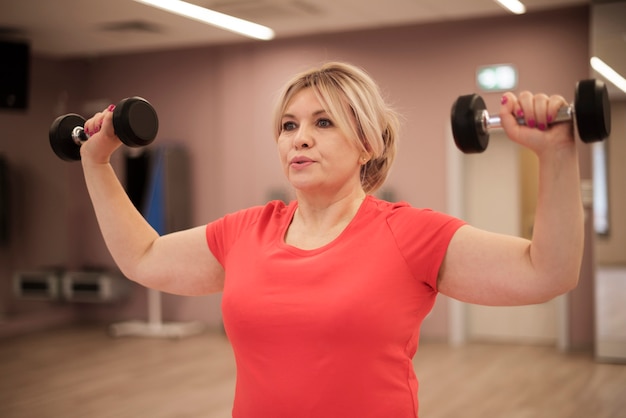
Fitness
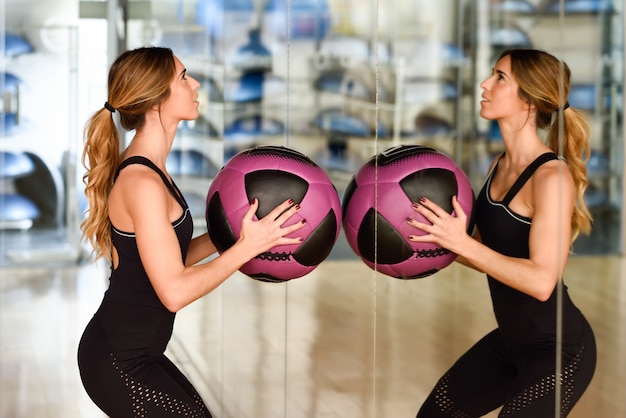
Fitness
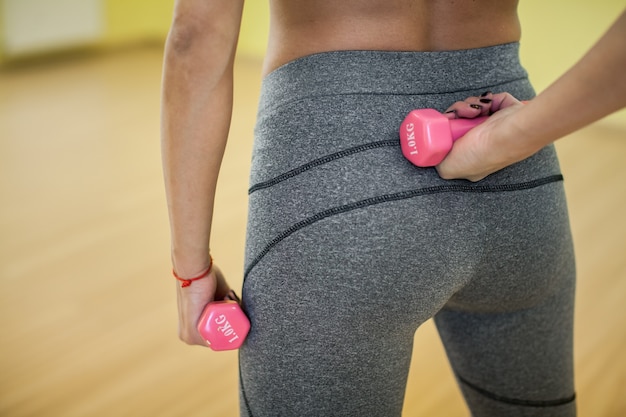
Fitness
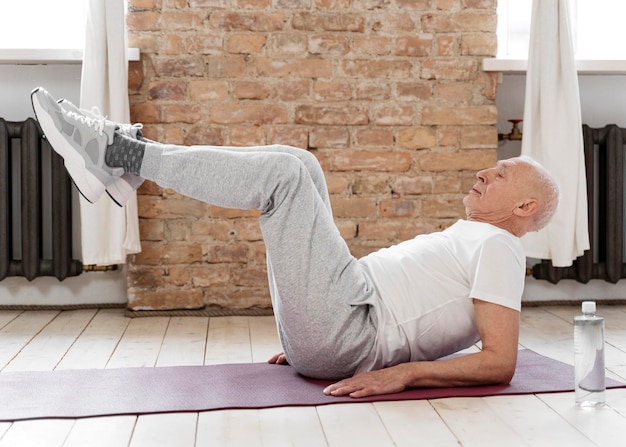
Fitness

Health

Fitness

Health

Health